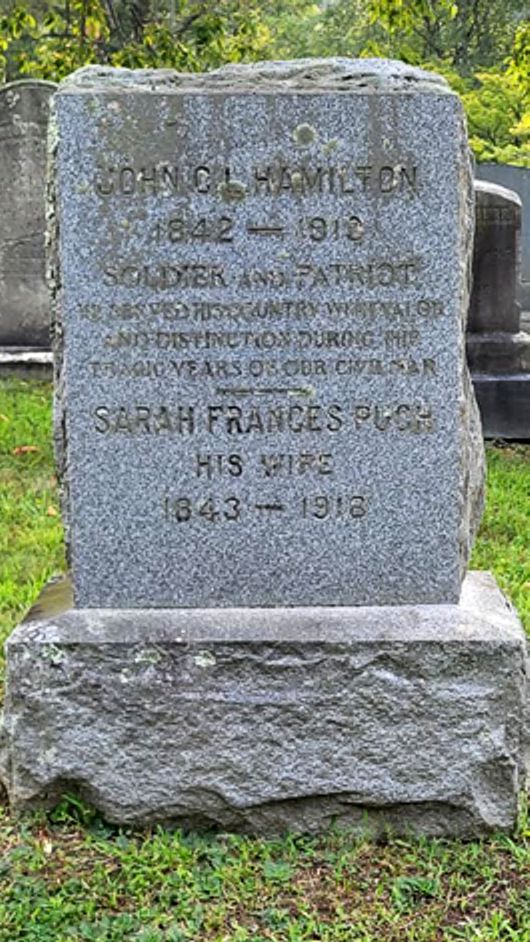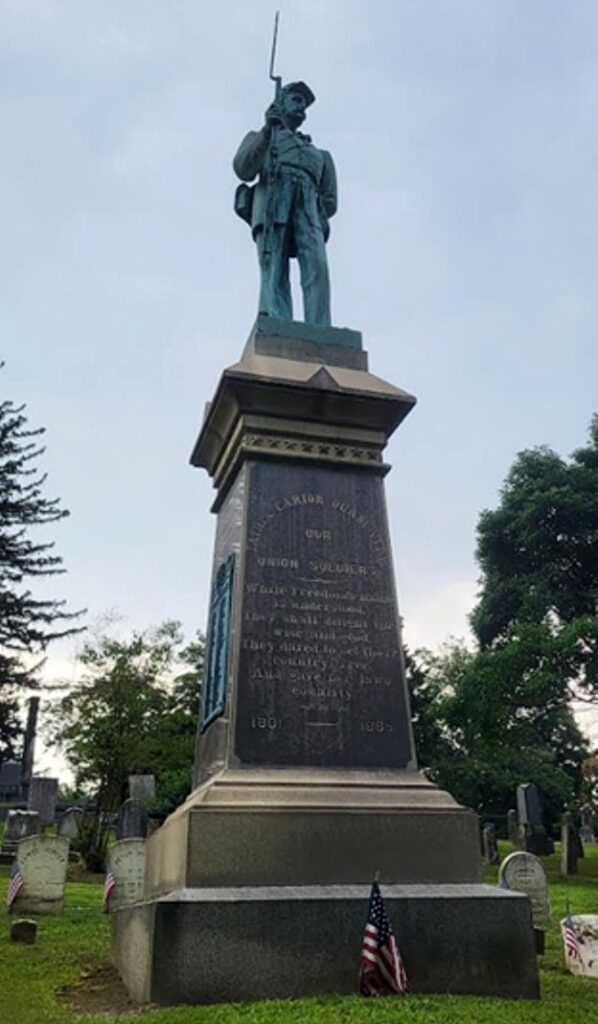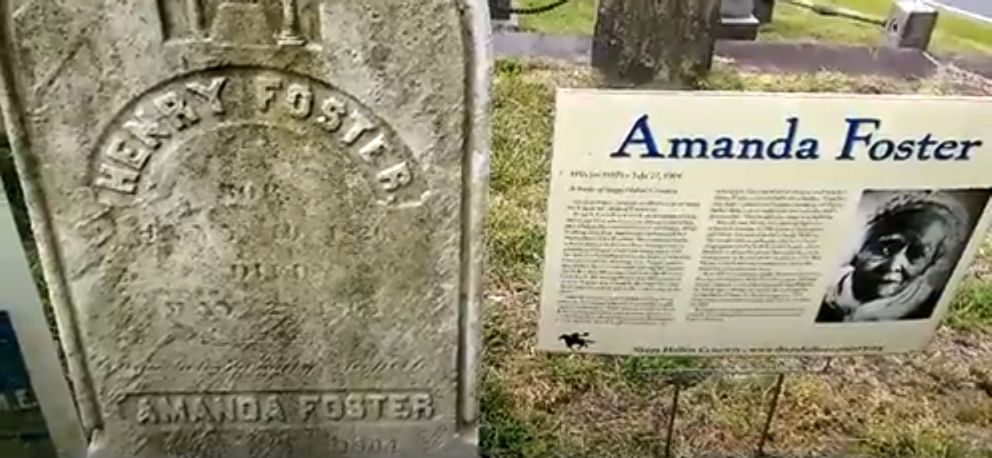I was taking one of my weekly walks in Sleepy Hollow, New York, through their historic cemetery where many captains of industry are interred, including mausoleums for William Rockefeller, Walter Chrysler, Leona Helmsley, Elizabeth Arden — and a simple, Celtic Cross marking the grave of Andrew Carnegie. Of course, Washington Irving is also buried there, in a sprawling family plot on a hill just behind the Old Dutch Church which he made famous in The Legend of Sleepy Hollow.
But, mixed in among those famous people who established billion-dollar corporations and industries, or wrote famous legendary tales, are many “ordinary folks” of humble and obscure backgrounds. And during a saunter through the sundry headstones and modest monuments of our predecessors, wanderers can come to appreciate the nobility of even a simple life well-lived.
One headstone that hit home to me the other day caused me to think about the idea of “reparations,” which many on the Left are hoping will gain traction.
Repayment for Injustice
The day that I came upon the gravesite of a man who died in 1912 happened to be the 80th anniversary of the bombing of Hiroshima, Japan. An estimated 70,000 people lost their lives that August 6th morning in 1945 — in the gambit made by the United States and its allies to hopefully bring a quick end to World War II.
Back in the States in the years leading up to the bombing, Japanese who were also citizens of America were placed in internment camps, many undoubtedly with close relatives and friends who died in Hiroshima that fateful day. Reparations for those interned were meted out when a monetary settlement was offered back in 1988. At a website called The Conversation, which declares its commitment to “academic rigor, journalistic flair,” you can read more about the argument regarding Japanese-American versus African-American reparations. One of the basic logistical points, according to the website, is that, “The injustice [to the Japanese] took place during a relatively short time period … between 1942, when the Japanese were first interned, and 1945, when the war ended.”
The tombstone that started the gears churning in my head along that cemetery walk had an interesting dedication carved into it. A man named John C.L. Hamilton shared the gravesite with his wife who died a few years after he did, but for his part, the carving read:

JOHN C.L. HAMILTON
1842 – 1912
Soldier and Patriot
He Served His Country with Valor
and Distinction During the
Tragic Years of Our Civil War
There are many other Civil War veterans buried in Sleepy Hollow Cemetery and, standing prominently among them, is a fitting monument:

PATRIA CARIOR QUAM VITA.
[Country Dearer Than Life]
OUR
UNION SOLDIERS.
While Freedom’s name
is understood,
They shall delight the
wise and good;
They dared to set their
country free,
And gave her laws
equality.
Another notable person who has found her final resting place in Sleepy Hollow Cemetery is Amanda Foster, who passed away at the age of 97. She used her freedom helping others through the Underground Railroad:

(By the way, if you would like to watch a short but fun 2-1/2-minute “video tour” of Sleepy Hollow Cemetery I created about eight years ago, watch it at the top of this article or here.)
Moving On and Moving Up
Many men and women, both black and white, “pledged their lives, their fortunes, and their sacred honor” to wash the scourge of slavery from the shores of our young nation. If true reparations were to be portioned out based on honest and diligent searches of historic records, the line for those who lost family and treasure, both black and white, would indeed be long.
Punishment for those who participated in the slave trade and ownership is long past. And perhaps the best way to completely close out that hellish moment in our nation’s history is neither to blame events of the past or try to correct them; those people and events need to remain far back there in the past.
For us in the present, we need to live our own lives honoring and blessing others with whom we live and have influence today.
Editor’s note: A version of this article appeared originally at American Thinker.







